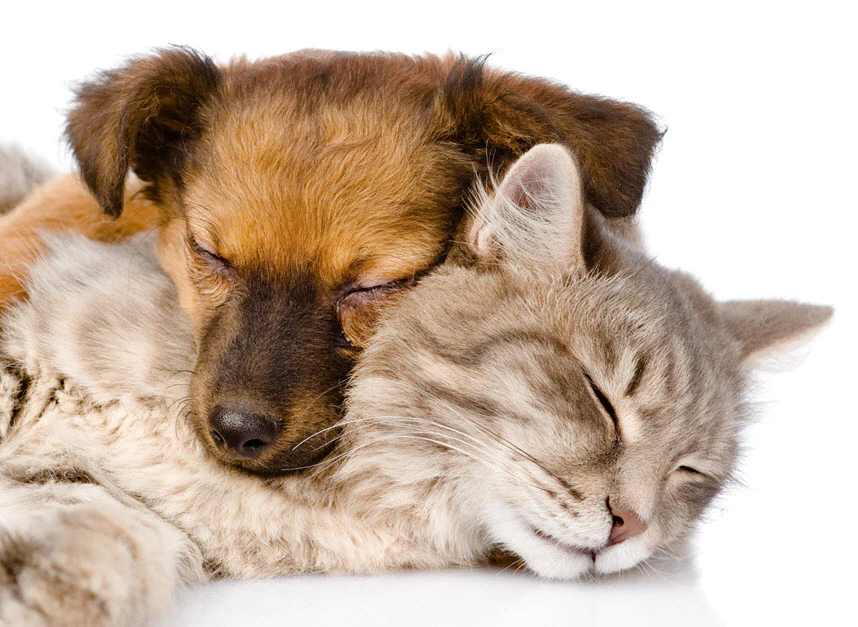The Divide Between Dog Kennels and Cat Boarding Facilities: Dog kennels and cat boarding facilities serve distinct needs and cater to different behaviors and preferences of each species. Dog kennels are designed with features like outdoor play areas, larger enclosures, and amenities tailored specifically for dogs’ needs, such as frequent walks and social interactions. On the other hand, cat boarding facilities provide a quieter, more secluded environment with spaces for climbing, hiding, and resting, reflecting the solitary and territorial nature of cats.
Understanding the Needs of Dogs and Cats: Dogs and cats have inherently different behaviors, preferences, and requirements when it comes to boarding. Dogs are social animals that thrive on interaction and physical activity. They enjoy the company of humans and other dogs, making dog kennels an ideal environment for them to socialize and engage in play. Conversely, cats are more independent and territorial creatures that often prefer solitude and quiet environments where they can retreat and feel secure. Cat boarding facilities offer spaces that cater to these preferences, providing elevated perches, hiding spots, and quiet areas away from other animals.
Challenges of Accommodating Both Dogs and Cats: While it may seem logical for pet boarding facilities to accommodate both dogs and cats to cater to multi-pet households, there are several challenges that make this impractical.
- Behavioral Compatibility: Dogs and cats have different social structures and communication methods. Introducing unfamiliar animals into each other’s environments can lead to stress, anxiety, and potential conflicts. Mixing dogs and cats in the same facility could result in heightened stress levels for both species, compromising their well-being.
- Space and Facility Design: Dog kennels are typically designed with open play areas and larger enclosures to accommodate the size and activity levels of dogs. Cats, on the other hand, require vertical space for climbing and perching, as well as secluded areas for privacy. Combining these two environments in a single facility would require significant modifications to ensure the comfort and safety of both dogs and cats, which may not be feasible for many boarding facilities.
- Staff Expertise and Training: Caring for dogs and cats requires different knowledge, skills, and handling techniques. Pet boarding facilities often employ staff members with specialized training and experience in either dog care or cat care. Providing adequate care for both species would necessitate additional training and resources, which may not be practical for all facilities.
Alternative Solutions for Multi-Pet Households: While the lack of integrated dog and cat boarding facilities may pose challenges for pet owners, there are alternative solutions to consider:
- Pet Sitting Services: Hire a professional pet sitter who can provide in-home care for both dogs and cats while you’re away. This allows your pets to remain in familiar surroundings and maintain their daily routines.
- Separate Boarding Facilities: If in-home pet sitting isn’t an option, consider boarding your dogs and cats at separate facilities that specialize in each species. While this may require additional coordination and travel, it ensures that each pet receives the specific care and attention they need.
- Multi-Species Boarding Facilities: Some pet boarding facilities may offer separate areas or accommodations for dogs and cats within the same facility. While less common, these multi-species boarding facilities provide convenience for pet owners with both dogs and cats, albeit with careful consideration of the needs and behaviors of each species.
Conclusion: While the inconvenience of having to find separate boarding accommodations for dogs and cats can be a challenge for pet owners, it’s important to prioritize the well-being and comfort of our furry companions. Understanding the behavioral differences between dogs and cats and the challenges involved in accommodating both species in the same facility sheds light on why dog kennels typically do not cater to cats as well. By exploring alternative solutions such as pet sitting services or separate boarding facilities, pet owners can ensure that their dogs and cats receive the individualized care and attention they deserve while they’re away.
